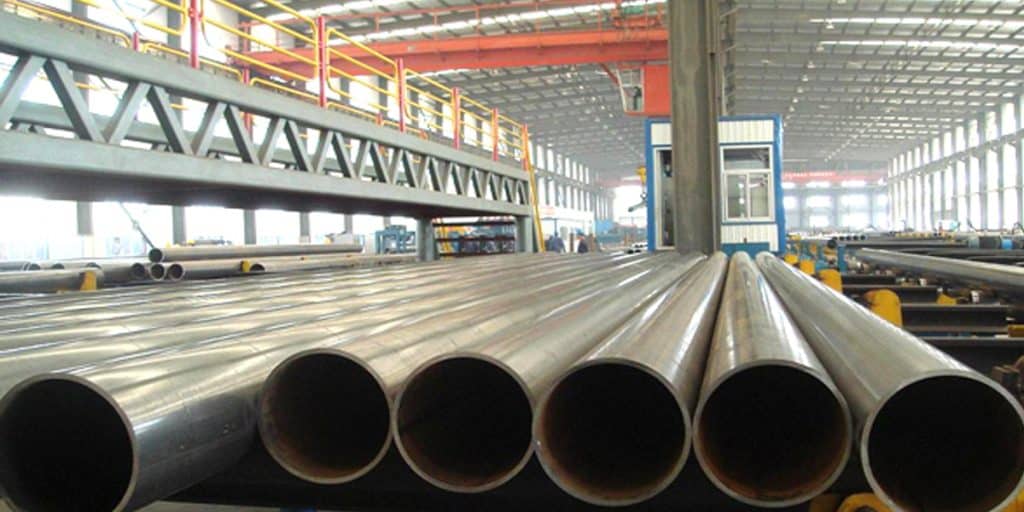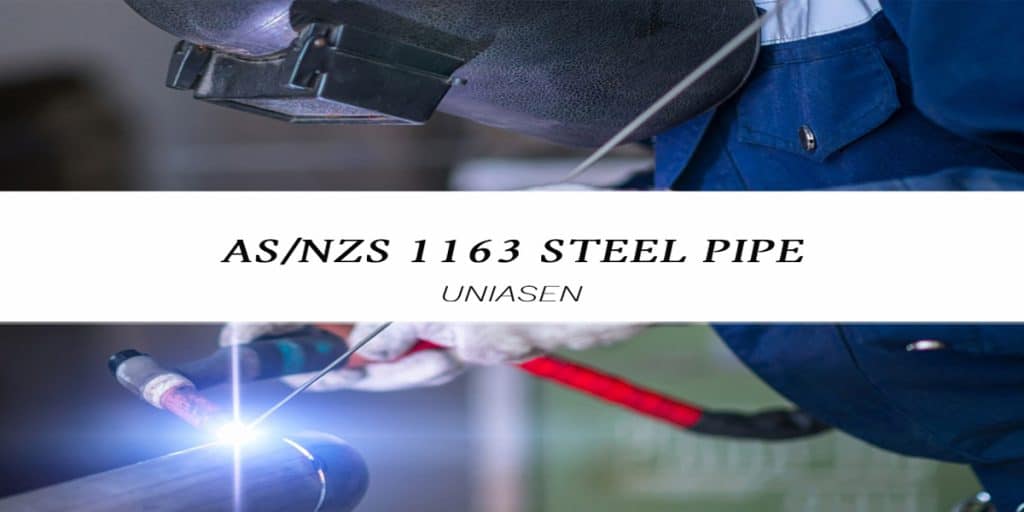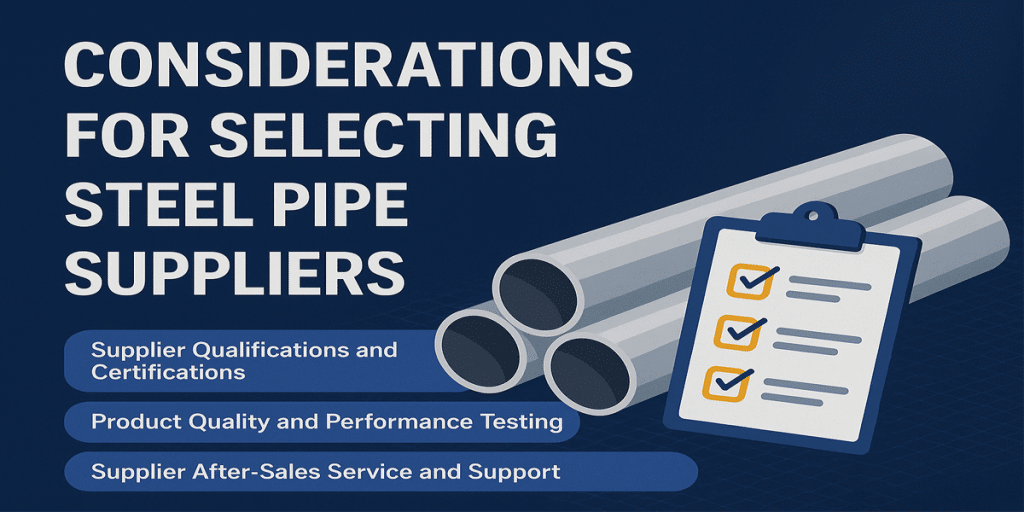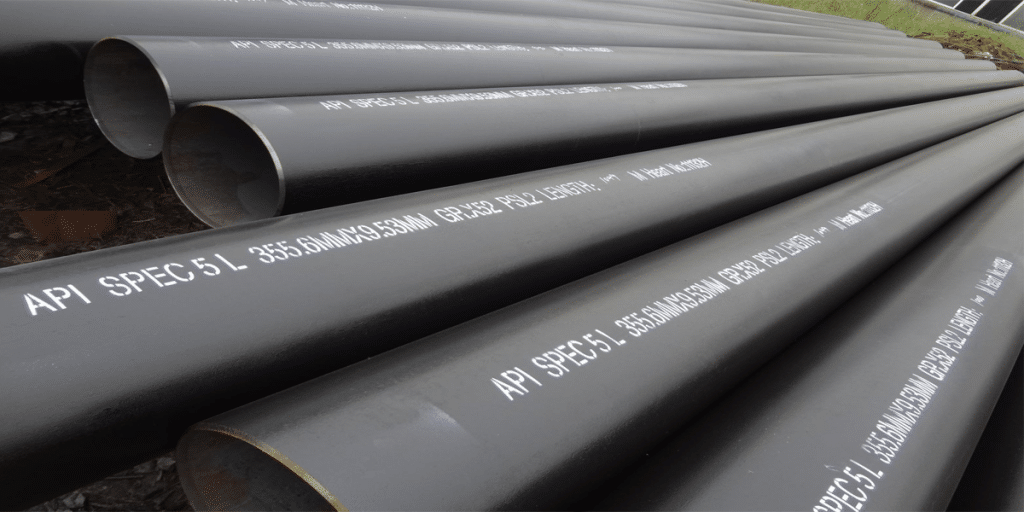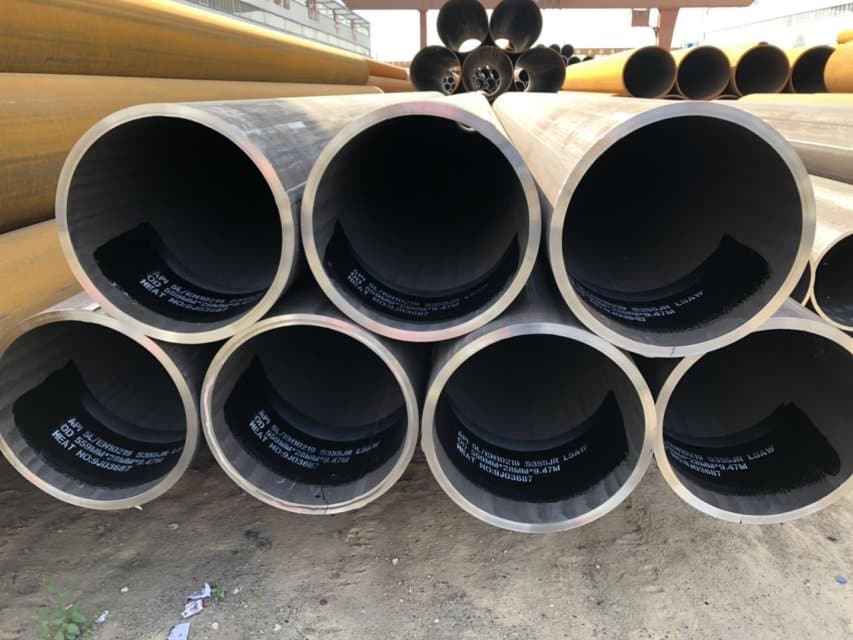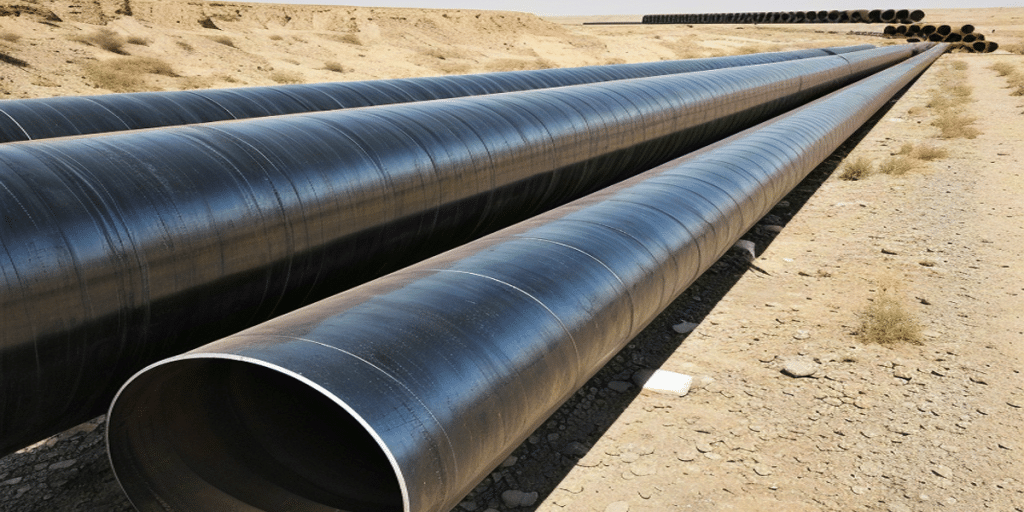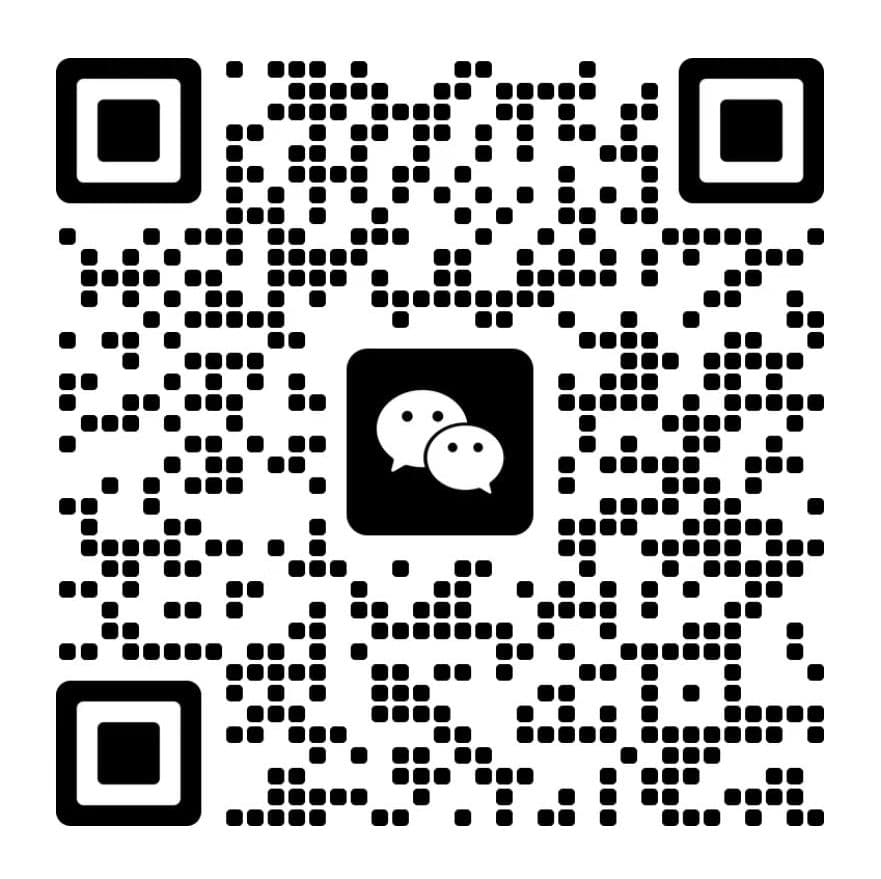- 1. Why Do In-House Laboratories Impress Buyers More Than Marketing Claims?
- 2. Key Testing Methods
- 3. One-Page Quick Reference Table (For Customers to Verify During Audits)
- 4. Our In-House Laboratory Process (Step-by-Step, For Factory Audits)
- 5. LONGMA’s Advantages
- 6. Recommendations for Buyers (Practical Checklist to Reduce Risks)
To ensure that the ASTM A53 steel pipes delivered to customers meet standards and engineering reliability, LONGMA has established a comprehensive in-house inspection process—covering incoming material chemical verification, mechanical property testing, hydrostatic/non-destructive testing (NDT) of finished products, and a traceability system for outgoing Material Test Certificates (MTCs). All key methods are implemented in accordance with ASTM A53 requirements, and where necessary, combined with relevant ASTM Practices (e.g., E213, E309, E570) for weld testing and integrity verification.
Why Do In-House Laboratories Impress Buyers More Than Marketing Claims?
What customers care most about is “whether the material is authentic,” “whether performance is stable,” and “whether delivery is reliable.” In-house laboratories can:
- Enable real-time sampling and rapid report issuance(avoiding ambiguous liability caused by delays in third-party sampling);
- Ensure full-process control(closed-loop records for four stages: raw materials → manufacturing → testing → delivery);
- Provide customers with witnessing and sample retention services(arrangements can be made for third-party or customer representatives to witness on-site).
These practices directly reduce procurement risks, enhance trust, and thereby improve conversion rates.
Key Testing Methods
The following details each testing item—including purpose, procedures, and specific ASTM references—to help customers verify compliance quickly.
1) Chemical Composition Analysis (Purpose: Confirm Steel Grade and Compliance)
- Purpose: Verify that carbon (C), manganese (Mn), phosphorus (P), sulfur (S), and alloying elements meet the limits for Grade A / Grade B.
- Implementation: Samples are taken from each heat or pipe group; chemical analysis is performed using Optical Emission Spectroscopy (OES) or Inductively Coupled Plasma (ICP). If initial testing fails, re-testing is conducted on double the number of samples per standard requirements.
- ASTM Reference: ASTM A53 specifies the allowable ranges for each element in its chemical composition table (for Grade A / Grade B). See the chemical composition chapter and table in ASTM A53 for details.
2) Mechanical Properties (Tensile Test, Elongation)
- Purpose: Verify that yield strength, tensile strength, and minimum elongation meet design requirements (to prevent on-site failure).
- Implementation Steps: Samples are prepared per standard (including surface orientation and gauge length); tensile testing is conducted on a universal testing machine. Tensile strength, yield strength, and elongation are recorded and compared against the minimum values in Table 2. For different specimen sizes, minimum elongation is determined using Table 2A/2B.
- ASTM Key Points: ASTM A53 specifies the minimum tensile and yield values for each type/grade (e.g., minimum values for Grade A and Grade B are defined in Table 2), and provides elongation calculation formulas and tables.
3) Cold Bending/Flattening Tests
- Purpose: Verify that the wall thickness and welds do not crack or develop defects under cold forming or bending conditions.
- Implementation: For pipes with NPS ≤ 2, cold bending is performed to 90° (mandrel size = 12×outer diameter); for coiled pipes ordered for near-line use, 180° bending (mandrel size = 8×outer diameter) may be required. For pipes with NPS > 2, flattening tests are conducted per standard.
- ASTM Reference: ASTM A53 clearly specifies bending diameter, angle, and applicable size ranges for flattening tests (Section D/E).
4) Hydrostatic Test
- Purpose: Detect visible and instrument-verifiable through-wall defects (leakage) and verify the structural integrity of the pipe body.
- Implementation: The minimum test pressure is determined based on the diameter and wall thickness specified in Table 3A/3B; pressure is held for no less than 5 seconds (the standard sets minimum upper limits for small diameters and graded pressure gauges for different specifications).
- ASTM Reference: ASTM A53 specifies the minimum test pressure and holding time for each size and schedule (weight class).
5) Non-Destructive Testing (NDT) – Electric Testing/UT/Eddy Current for ERW Welds
- Purpose: Conduct on-line detection of weld continuity, and identify short longitudinal cracks and subsurface defects.
- Implementation: For Electric Resistance Welded (ERW) Type E pipes with NPS ≥ 2, electric testing is adopted (referencing Practices E213/E309/E570 as mentioned in the protocol). For seamless pipes, UT/eddy current/flux leakage testing may replace full hydrostatic testing per buyer requirements. Manufacturers shall retain reference standard blocks and make judgments based on acceptance limits.
- ASTM Reference: ASTM A53 explicitly requires continuous ultrasonic/electromagnetic testing for ERW welds, and lists applicable Practices (E213, E309, E570) and acceptance limit numbers.
One-Page Quick Reference Table (For Customers to Verify During Audits)
| Testing Item | Purpose | Typical Sampling/Frequency | ASTM Reference |
| Chemical Analysis (OES/ICP) | Confirm steel grade | Per heat/batch | ASTM A53 Chemical Composition Table |
| Tensile Test | Verify yield/tensile strength & elongation | Random sampling per batch (see contract) | ASTM A53 Table 2 & 2A/2B |
| Cold Bending/Flattening | Verify formability/weld integrity | Bending for NPS ≤ 2; Flattening for NPS > 2 | ASTM A53 Section D/E |
| Hydrostatic Test | Detect through-wall defects | Per pipe or per Table 3A/3B | ASTM A53 Section F (Table 3A/B) |
| Weld NDT (UT/Eddy Current) | Verify weld continuity | Full-length on-line testing for ERW | ASTM A53: Practice E213/E309/E570 |
Our In-House Laboratory Process (Step-by-Step, For Factory Audits)
- Incoming Material → Initial Chemical Inspection: OES analysis is conducted on the day raw materials arrive; materials are labeled and assigned batch numbers before storage.
- In-Process Quality Control: On-line monitoring is performed during production (continuous electric testing/visual inspection for ERW pipes), and key parameters are logged into the Manufacturing Execution System (MES).
- Finished Product Sampling & Testing: Samples are taken per contract/standard for tensile testing, cold bending/flattening, hardness testing (if required), hydrostatic testing, and NDT.
- Reporting & Sample Retention: An MTC (covering chemical analysis, mechanical properties, NDT, and hydrostatic testing) is issued for each batch; samples are retained for 3 months or per contract requirements.
- Customer/Third-Party Witnessing: Customer representatives or third-party inspection agencies may be arranged to witness testing on-site and affix signatures/seals.
The above process is implemented in accordance with ASTM A53 inspection requirements and integrated with industry best practices.
LONGMA’s Advantages
- Over 20 years of manufacturing and testing experience: We understand the pain points of engineering parties and key focus areas for factory audits (the company maintains complete MTCs and traceable records).
- Comprehensive in-house testing capabilities: Equipped with equipment for spectroscopic chemical analysis, universal testing machines (tensile/bending), hydrostatic test benches, and on-line UT/eddy current testing.
- Support for third-party witnessing and customer sampling: Detailed inspection/variance analysis reports are provided to reduce procurement risks.
- Customizable reports and packaging: Meets all documentation and labeling compliance requirements for engineering projects.
Recommendations for Buyers (Practical Checklist to Reduce Risks)
- Clearly specify inspection frequency, witnessing rights, sample retention, and non-conformance handling clauses in the contract.
- Request that original testing records (spectroscopic screenshots, tensile test curves, NDT reports) be attached to the outgoing MTC.
- Arrange for third-party witnessing or on-site sampling and re-testing for critical batches.
If you need a clause-by-clause comparison table for ASTM sections, practical inspection samples (MTC templates), or to schedule in-house testing/witnessing, please feel free to share your project specifications (model, diameter, nominal wall thickness, quantity, and delivery date). LONGMA can provide customized inspection plans and quotations.
Key References
ASTM A53/A53M Standard Text and Tables (Chemical Composition Table, Table 2 for Tensile Requirements, Table 3A/3B for Hydrostatic Testing, NDT Practices).

